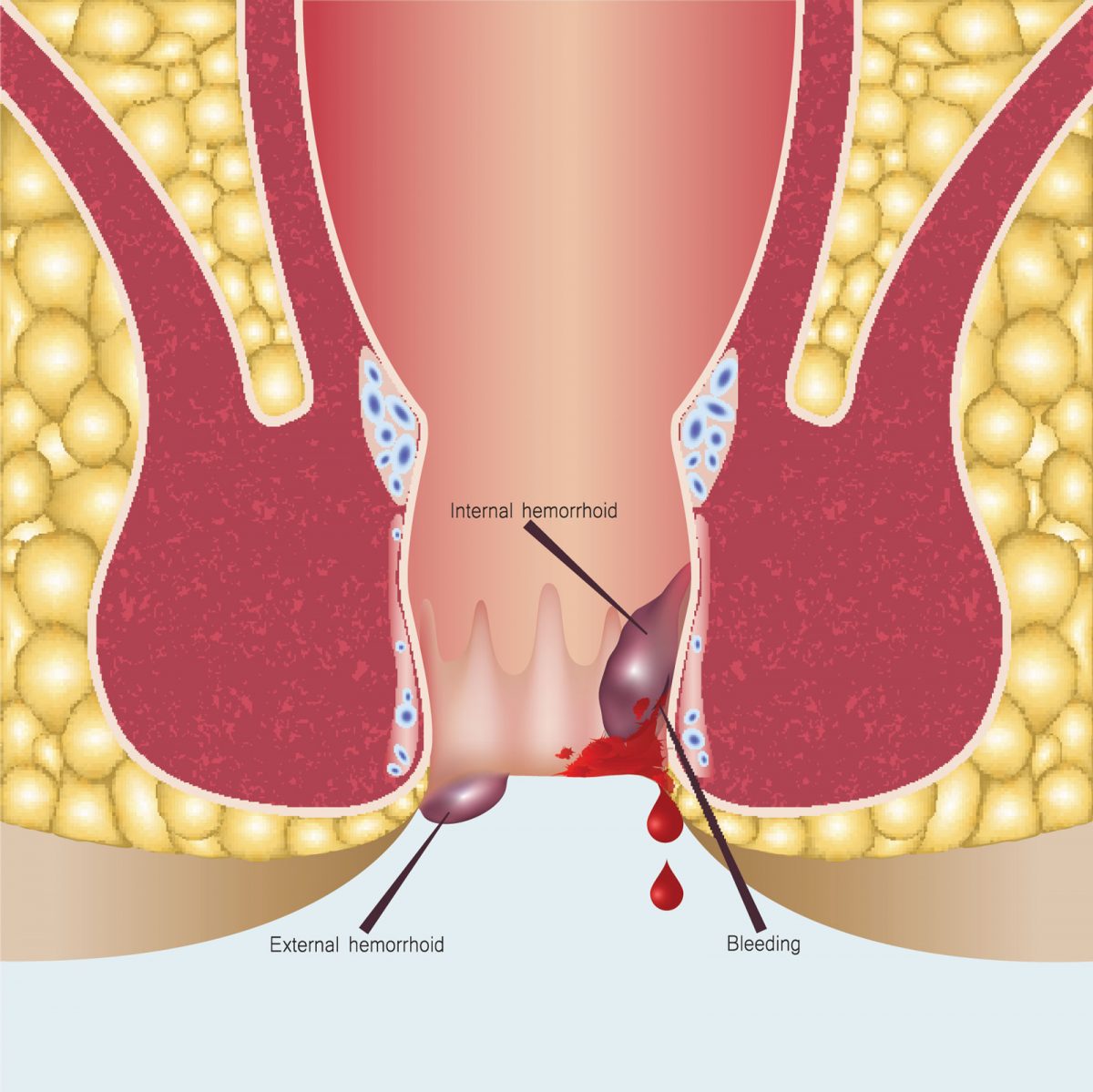What is Hemorrhoidal Disease (Piles)?
Hemorrhoids are a common health condition caused by the enlargement, swelling, and protrusion of the vascular cushions in the rectal area. This problem is frequently seen among young adults aged 20–40 and individuals over 45. With accurate diagnosis and appropriate treatment, hemorrhoids can be brought under control and significantly improve a person’s quality of life.
Other Conditions That May Be Confused with Hemorrhoids
The symptoms of hemorrhoids can resemble those of anal fissures, fistulas, anal warts, and rectal cancer. For this reason, the diagnostic process should be conducted meticulously.
What Causes Hemorrhoids?
Although the exact cause is unknown, several factors are known to trigger hemorrhoid development: chronic constipation, straining, prolonged toilet sitting, pregnancy, and standing for long periods. Frequent diarrhea, genetic predisposition, and unconscious use of laxatives are also contributing factors.
What Are the Symptoms of Hemorrhoids?
- Painful or painless swelling in the anal area
- Bright red bleeding after bowel movements
- Itching and discharge
- Sudden pain due to thrombosed external hemorrhoid (clot formation)
- Soiling and irritation of underwear
It May Be Confused with Anal Fissure
If there is severe pain during defecation accompanied by bleeding, and the pain persists long after, an anal fissure should be considered.
Do Hemorrhoids Cause Cancer?
No, hemorrhoids do not turn into cancer. However, because the symptoms may resemble those of rectal or colon cancer, delaying diagnosis can lead to serious health consequences. Therefore, a thorough medical evaluation is essential when hemorrhoids are suspected.
How Is Hemorrhoid Diagnosed?
External hemorrhoids can be diagnosed through visual examination. Internal hemorrhoids, on the other hand, require a rectal examination, and in some cases, a sigmoidoscopy or colonoscopy for a definitive diagnosis. If there is a family history of colon cancer, further investigation is essential.
How Is Hemorrhoid Treated?
Non-Surgical Treatment Methods (Stages 1–3)
- High-fiber diet and increased fluid intake
- Warm sitz baths (38–40°C)
- Oral medications to strengthen blood vessels
- Topical creams and suppositories
- Laser therapy, sclerotherapy, infrared coagulation, and artery ligation under Doppler guidance
Especially laser therapy offers low pain levels and fast recovery time, enhancing patient comfort.
Cases Requiring Surgery (Stage 4)
Hemorrhoids that have prolapsed and remain outside the anus require surgical intervention. In these cases, non-surgical treatments are typically ineffective.
What Are the Stages of Hemorrhoids?
- Stage 1: Only vascular prominence, no prolapse
- Stage 2: Prolapse occurs during straining but retracts spontaneously
- Stage 3: Prolapse requires manual repositioning
- Stage 4: Permanent prolapse that cannot be repositioned
Informative Video on Hemorrhoids
You can watch the video below for more detailed information:


